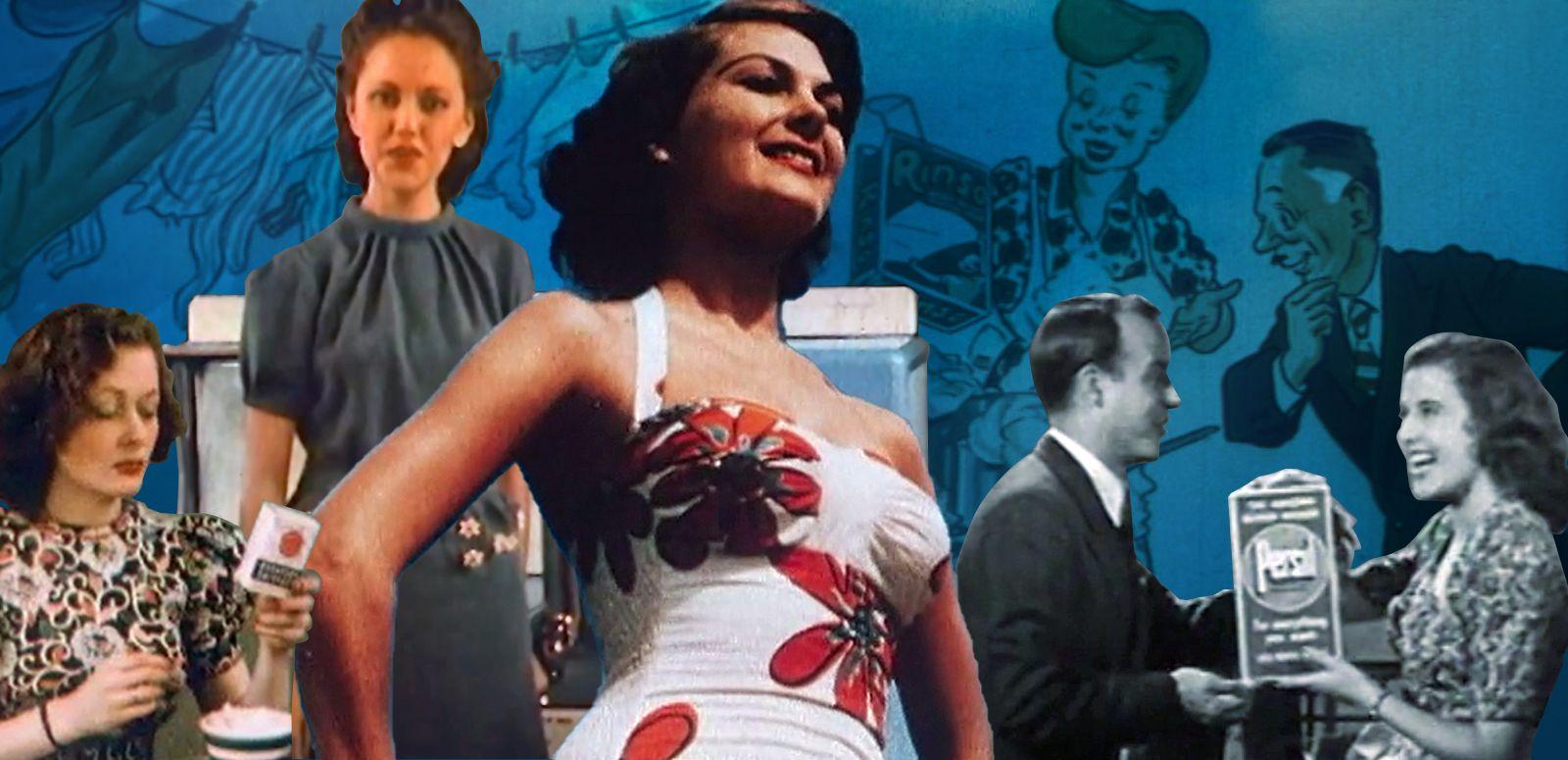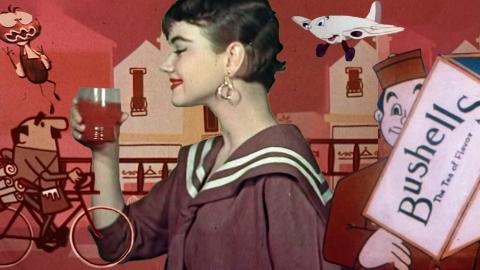Before the introduction of television, cinema advertising was big business and the best way to reach consumers through a moving image format. Our new Vintage Ads curated collection features a range of cinema – as well as early TV and radio – advertising from the 1910s to the late 1960s.




